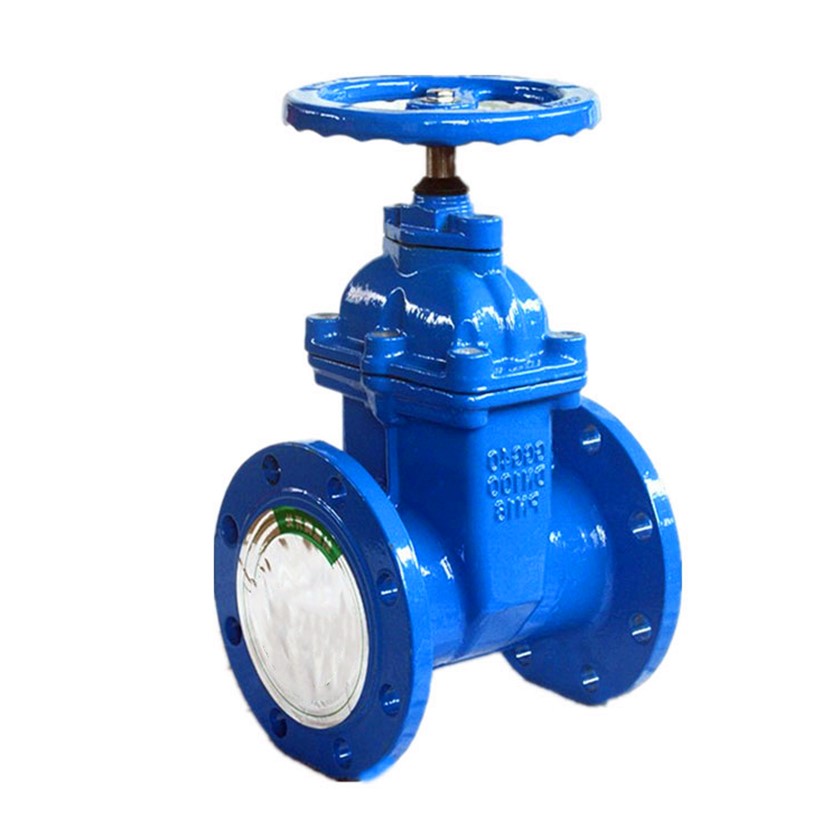12 Inch Foot Valve for Efficient Water Flow Management
Understanding the 12-Inch Foot Valve A Crucial Component in Fluid Management
In the world of fluid dynamics and engineering, the foot valve plays a vital role, particularly in water supply systems and various industrial applications. Specifically, the 12-inch foot valve is notable for its size and functionality. But what exactly is a foot valve, and why is the 12-inch version significant? Let’s dive into this essential component and explore its applications, benefits, and maintenance considerations.
What is a Foot Valve?
A foot valve is a type of check valve that is installed at the inlet of a pump, typically below the water surface. Its primary function is to prevent the backflow of liquid when the pump is not in operation, thereby maintaining the pump's prime. This ensures that the pump is ready for operation without the need for excessive re-priming, making it an invaluable asset in various applications.
Foot valves are available in different sizes, with the 12-inch variant being one of the larger options. This size is often used in substantial systems where large volumes of water need to be managed, such as in municipal water supply, irrigation systems, and industrial processes.
Applications of a 12-Inch Foot Valve
The 12-inch foot valve is used in various settings, including
1. Municipal Water Supply Systems In many urban areas, large-scale pumping stations rely on foot valves to ensure the continuous supply of drinking water. The 12-inch foot valve is capable of handling significant flow rates, making it an ideal choice for these applications.
2. Irrigation Systems Agricultural operations that require consistent water delivery can benefit from using larger foot valves. They help maintain the water supply in irrigation canals and reservoirs, enhancing water conservation efforts.
3. Fire Protection Systems Many fire protection systems use foot valves to maintain water levels in pumps and reservoirs. The immediate availability of water in case of fire can be life-saving, making these valves essential in emergency preparedness.
4. Industrial Processes In industries where large volumes of fluids are processed, foot valves also play a significant role. They help regulate fluid flow in cooling systems, chemical processing, or wastewater treatment facilities.
foot valve 12 inch

Advantages of a 12-Inch Foot Valve
1. Flow Efficiency Larger foot valves, like the 12-inch variant, allow for greater flow rates. This efficiency is crucial in applications requiring rapid water delivery.
2. Reduced Maintenance Because foot valves help maintain the prime in pumps, they reduce the need for frequent maintenance. This leads to lower operational costs and increased pump longevity.
3. Durability Foot valves are usually made from robust materials such as stainless steel or bronze, providing resistance against corrosion and wear. This durability is particularly beneficial in harsh environments or with corrosive fluids.
Maintenance Considerations
While foot valves are robust and designed for longevity, they do require some maintenance to ensure optimal performance. Key maintenance tasks include
1. Routine Inspections Regular checks should be performed to ensure that the valve is functioning correctly and that there are no signs of wear or damage.
2. Cleaning Debris can accumulate around the foot valve, particularly in environments where sediment is present. Regular cleaning helps maintain performance and prevent blockages.
3. Seal Checks The sealing components of the valve are critical for preventing backflow. Inspecting and replacing seals as necessary is vital to maintaining the valve’s integrity.
Conclusion
In summary, the 12-inch foot valve is an essential component in fluid management systems. Its ability to prevent backflow, maintain pump priming, and efficiently handle large flow rates makes it invaluable across various sectors, from municipal water supply to industrial applications. Understanding the role and maintenance of this crucial valve can help engineers and operators optimize their systems for efficiency and reliability, ultimately ensuring a steady and reliable supply of fluids in various applications.
-
The Key to Fluid Control: Exploring the Advantages of Ball Valves in Industrial SystemsNewsJul.09,2025
-
The Versatile World of 1, 2, and 3 Piece Ball ValvesNewsJul.09,2025
-
Stainless Steel Ball Valves: The Ideal Choice for Efficient Flow ControlNewsJul.09,2025
-
Optimizing Fluid Control with Ball Float ValvesNewsJul.09,2025
-
Manual Gate Valves: Essential for Control and EfficiencyNewsJul.09,2025
-
Everything You Need to Know About Butterfly ValvesNewsJul.09,2025
-
The Versatility of Wafer Type Butterfly ValvesNewsJul.08,2025




